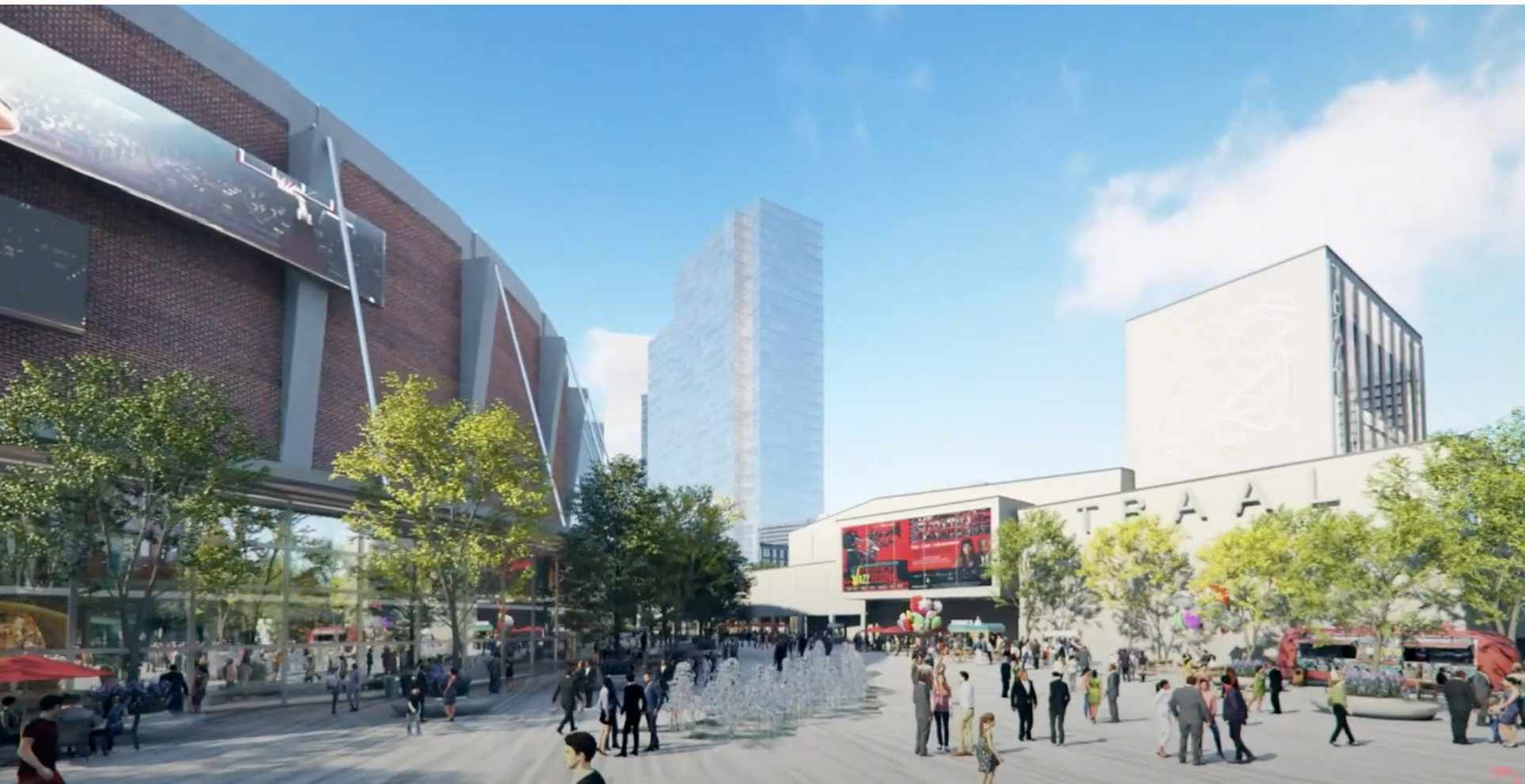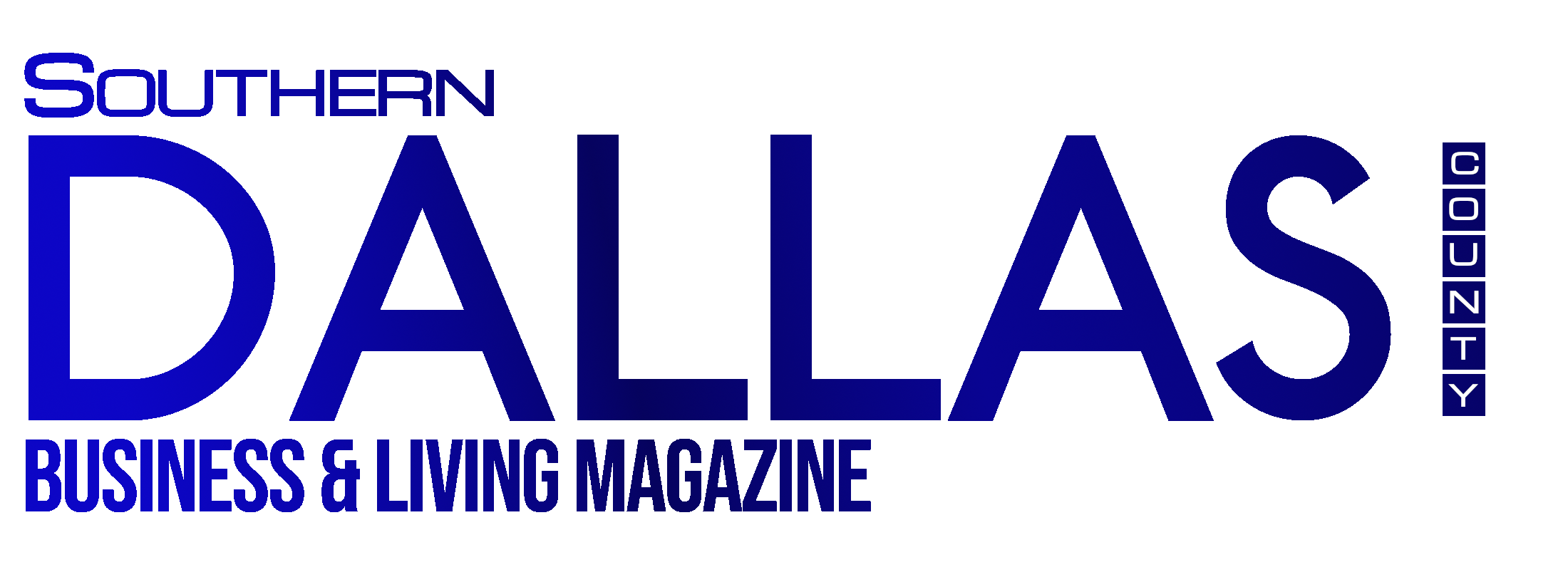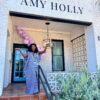 Amber: This year the festival moves to Fair Park across multiple indoor stages: Automobile and Centennial Buildings. How will this enhance the attendee experience compared to the past years?
Amber: This year the festival moves to Fair Park across multiple indoor stages: Automobile and Centennial Buildings. How will this enhance the attendee experience compared to the past years?
Curtis: This is the eighth year that we’ve done the festival, and the challenge is always when people are used to being in a particular place, and that you’re moving to a different place. We’re trying to get it through to our patrons that we’re not going to be in the same space, so I think the experience is going to be different. It’s still an indoor/outdoor festival because you get different venues, and one of the things that’s going to be different since we are usually in a theater arena. This time we are a different kind of building that doesn’t have, you know, the headspace and we will have to bring a lot of stuff in to do that. But I think Fair Park still has a historic name, and so there will be a lot of people who are coming from around the country, they will get a chance to see Fair Park, that would not have seen that part of the city before. So I think in that sense it’s good, but I think the downtown experience is even better, because when people leave the convention center, they’re able to walk. down to their hotels. Everything has its pros and cons, but I think the festival itself is something that people really are excited about, and they are excited to come to Dallas.
The womb of the Black experience—the rhythm, the syncopation, the soul.
I did a workshop for a gospel convention, and one of the things I had people do was close their eyes and think of a song that resonated with them in terms of quartet music. They all started singing different songs. What was fascinating was that, even though they were singing different songs, the harmonies and the rhythms made it sound like they were all coming out of the bowels—or in the bowels—of the slave ship.
Just like what the slaves did. When they were in the bowels of the slave ship, they came from different tribes, different backgrounds. They had different languages. But when they were all there and realized they had one thing in common—particularly that they looked like each other, but more specifically, that they shared rhythm, beat, and the soul of their agonies, frustrations, anger, and bitterness—all they could do was hum and sing. And it still sounded like one massive chorus.
That’s what I believe our music is.
And when I talk about “our music,” I’m talking about Black music that was birthed and born here on American soil.
So when I’m curating a festival like this—even though it goes under the guise of a jazz festival—jazz is still part of the Black music experience that has come to light: the soul, the rhythm, the syncopation of a people.
So that’s what I do.
At the same time, it still gives young, emerging artists an opportunity to have a platform to trial and error with their music. It gives established artists a chance to continue performing, even when they are no longer popular or when people have written them off as irrelevant.
We still need to have a platform that continues to support our artists, because what’s irrelevant to some people is relevant to my community. What’s not popular to some is popular to my community. So whether it’s considered relevant or irrelevant, popular or not, A-list or B-list—whatever it is—it’s still important to us.
Because in our community, we’ve been responsible for birthing any type of notoriety Black artists receive—whether in performing arts, literature, or cinema. We’ve been the ones shaping what others see, feel, believe, and ultimately buy. The masses of Black people validate the value and worth of Black artists long before the country, the city, the state—or the rest of the world—even know who they are.
One of the things I want to do to continue my legacy is to be able to give birth to projects and programs like the jazz festival, and like the Black Music Civil Rights concert that we got the Emmy Award for. At that concert, what we do is we still recognize and celebrate the value and the worth of Civil Rights leaders. We celebrate and value the music that fueled and gave spirit and energy and power and credence to the Civil Rights Movement. We celebrate the diversity of the people who were all a part of neglect in terms of social justice and things like that. People found that we all had something in common, and whatever they found that we had in common is the thing that we celebrate the most…
Regardless of what people say now—that they’re rolling back on a lot of things that we have fought for—my take on that is: you may roll something back in terms of the physical, remove the name of this building, but you can’t remove the name out of the heart, soul, and the spirit of the people. You can’t do that. Buildings and monuments will come and go, and they will fade away in the dirt and the dust of time. But one thing that will not fade is spirit, the soul, the energy, and the power of humanity. That will never fail.
I don’t see it as being negative; I just see it as an adjustment. I’m excited because we have a location to continue to do the work. I’m challenged by the situation—that we have to figure out other avenues or ways to be able to find those major financial losses.
But I know my mother and my father didn’t raise a kid like me to be discouraged. We were a hard-working Black family in the South, in Mississippi. My grandfather used to say, “If you have your hands out, pay me for what I’ve earned, and owe no man nothing.”
I had challenges, of course. Been discouraged? Yes. Disappointed? Yes. Told “no” a lot. But you know, sometimes “no” for me is also a green light that says, “Keep going.”
You’ve got to have the right people around you who think, on some level, the way you think. Not exactly what you think, but who recognizes and identifies that same energy and spirit you have—to be able to say to each other, “Yeah, I know what you’re talking about.” It gives you some impetus to keep doing what you’re doing.



